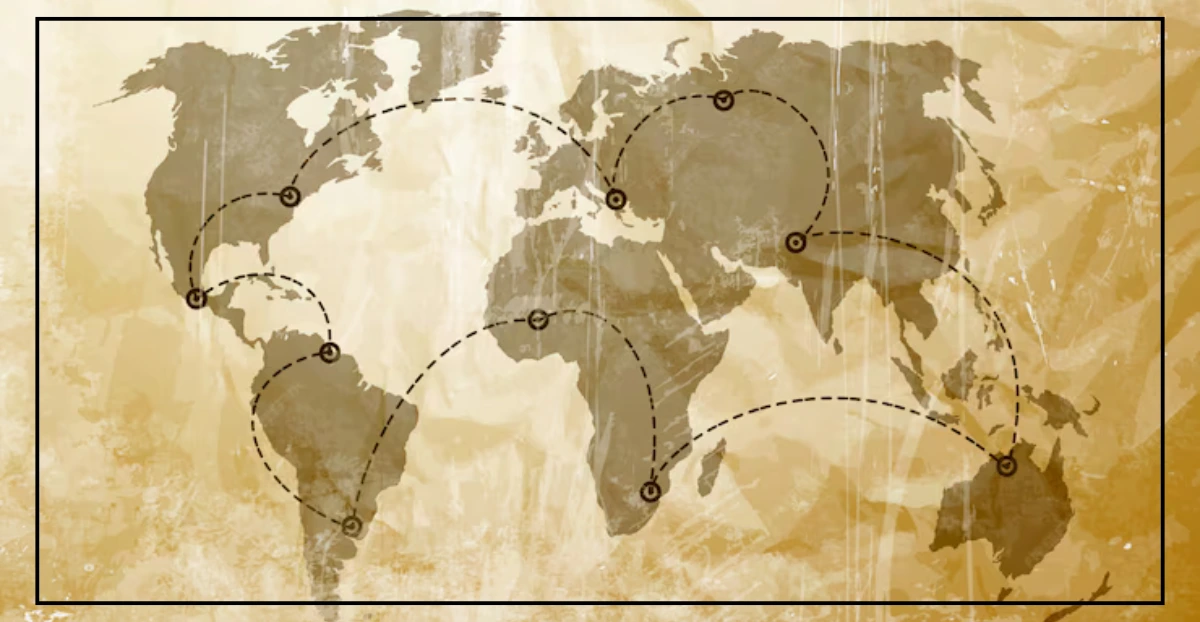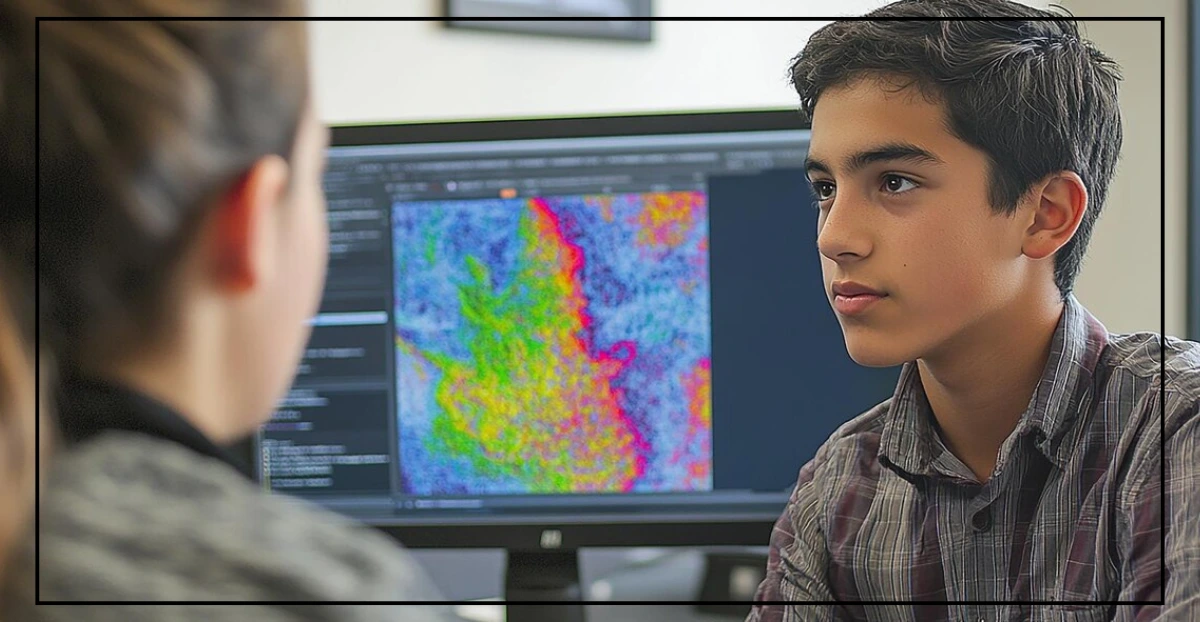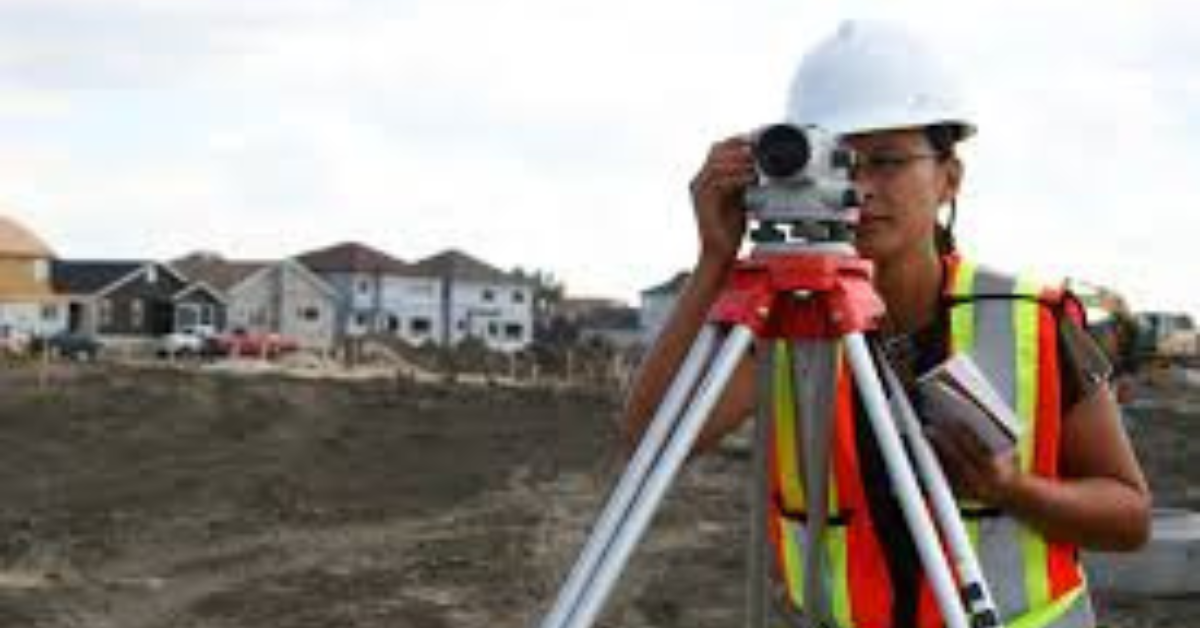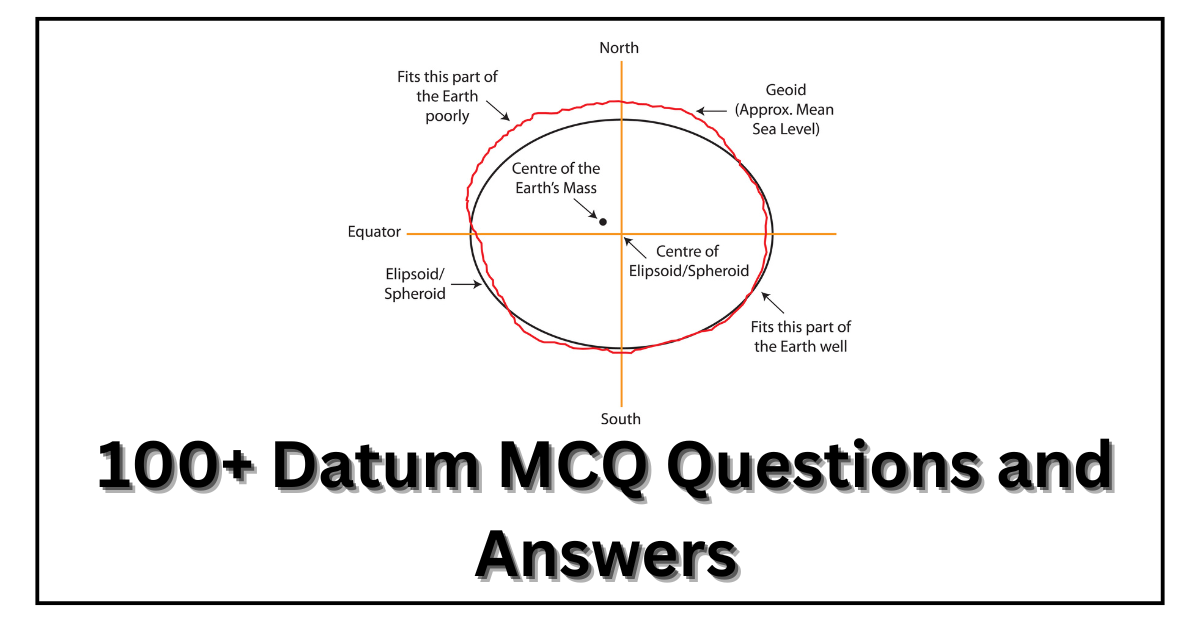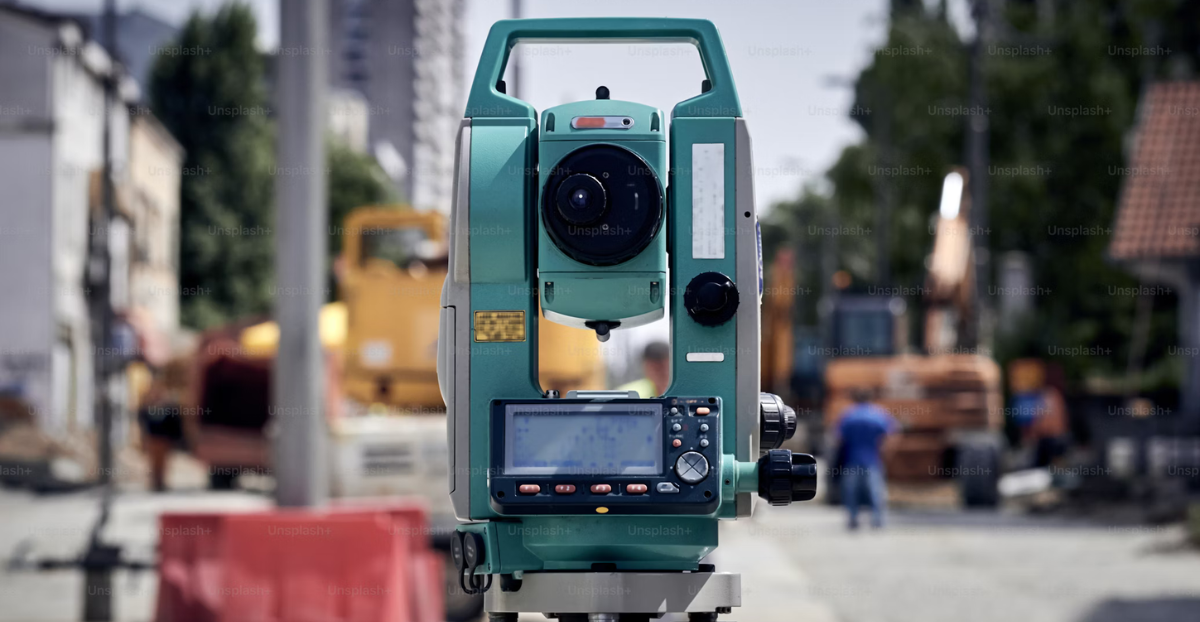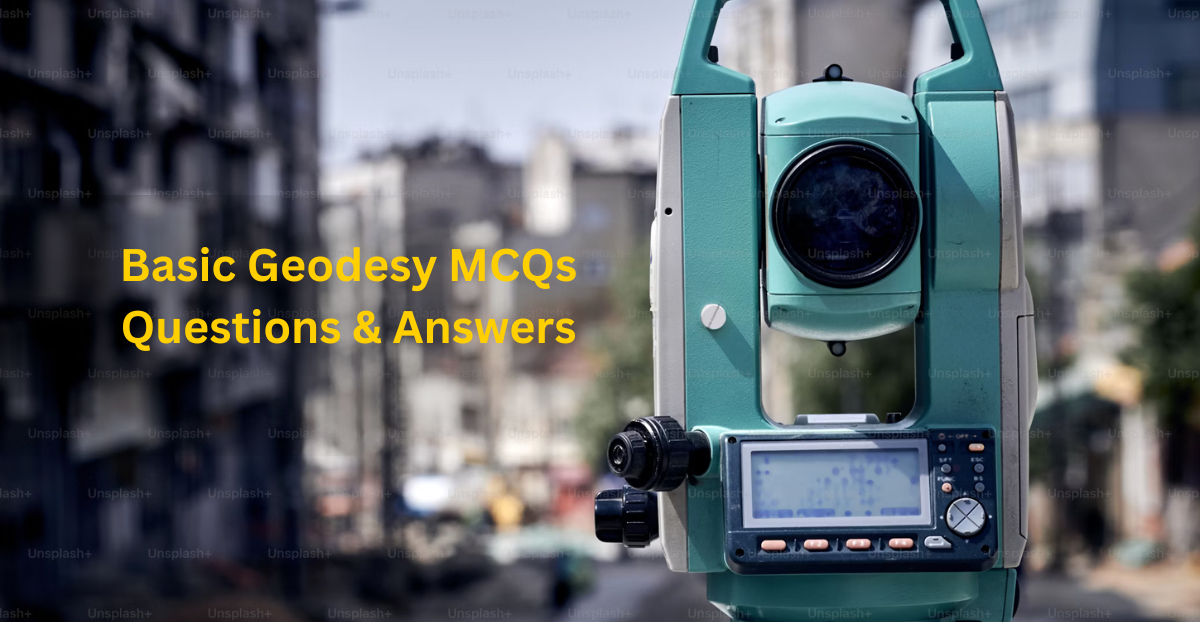15 Must-Ask Interview Questions for Cartographer
Hiring the right cartographer is crucial for any organization involved in mapping, spatial analysis, or geographic data representation. A cartographer’s role goes beyond creating maps—they interpret complex data, communicate geographic trends, and ensure the accuracy of spatial information. If you’re looking to hire, this guide covers the 15 must-ask interview questions for cartographer candidates, helping you find the right talent for your team. 1. Can You Explain Your Experience in Cartography? Start your interview with this essential question. Understanding a candidate’s background and experience is critical when asking 15 must-ask interview questions for cartographer roles. Look for candidates who have experience in map design, GIS software, and geospatial analysis. 2. What Tools and Software Do You Use for Map Design? A skilled cartographer is proficient in various mapping tools like ArcGIS, QGIS, and Mapbox. Asking about the tools they use is one of the 15 must-ask interview questions for cartographer positions, as it helps assess their technical capabilities. 3. How Do You Ensure the Accuracy of Your Maps? Accuracy is key in cartography. This is one of the critical 15 must-ask interview questions for cartographer candidates, as it reveals their methods for data validation and quality control. 4. Can You Describe a Complex Mapping Project You’ve Worked On? This question assesses a candidate’s ability to handle complex projects. Including it in your list of 15 must-ask interview questions for cartographer roles helps you gauge their problem-solving skills and project management experience. 5. How Do You Handle Data Integration from Multiple Sources? Cartographers often work with data from various sources. Asking about their data integration process is essential when listing 15 must-ask interview questions for cartographer candidates, as it reveals their ability to combine datasets effectively. 6. What Is Your Approach to Map Design and Aesthetics? Map design isn’t just about data—it’s also about visual appeal. This is one of the key 15 must-ask interview questions for cartographer interviews, focusing on the candidate’s creativity and design sense. Read Also: 10 Commonly Asked Questions in a GIS Analyst Interview 7. How Do You Stay Updated with Cartography Trends and Technology? The field of cartography is evolving rapidly. This is one of the 15 must-ask interview questions for cartographer candidates that helps determine their commitment to continuous learning and staying updated with industry trends. 8. Can You Explain the Importance of Scale in Cartography? Understanding scale is fundamental in map creation. Asking this question as part of your 15 must-ask interview questions for cartographer roles helps evaluate the candidate’s knowledge of map accuracy and representation. 9. How Do You Communicate Geographic Data to a Non-Technical Audience? Cartographers must be able to present complex data in an understandable way. This is one of the critical 15 must-ask interview questions for cartographer interviews to assess the candidate’s communication skills. 10. What Steps Do You Take to Validate Geospatial Data? Data validation is a crucial step in map-making. Including this in your 15 must-ask interview questions for cartographer list will help you understand the candidate’s attention to detail and commitment to accuracy. 11. How Would You Approach Creating a Thematic Map? Thematic maps are used to visualize specific data themes. This question is essential in your 15 must-ask interview questions for cartographer guide, as it tests the candidate’s ability to interpret data and present it visually. Read Also: 60+ Geomatics Engineering Interview Question and Answers 12. Can You Give an Example of a Time When You Had to Correct a Significant Error in a Map? Mistakes happen, but it’s how they’re fixed that matters. This question, part of the 15 must-ask interview questions for cartographer, helps identify problem-solving skills and accountability. 13. How Do You Incorporate User Feedback into Your Map Designs? User feedback is invaluable in creating effective maps. Asking about it is one of the 15 must-ask interview questions for cartographer interviews to assess the candidate’s adaptability and responsiveness. 14. What Challenges Have You Faced in Cartography, and How Did You Overcome Them? This question helps reveal the candidate’s resilience and problem-solving approach. It’s an essential part of the 15 must-ask interview questions for cartographer list, providing insights into their experience and mindset. 15. Why Do You Want to Work as a Cartographer at Our Organization? End the interview with this question to assess cultural fit and motivation. It’s a vital part of the 15 must-ask interview questions for cartographer guide, helping you understand the candidate’s enthusiasm and interest in your organization. Bonus Questions Here are 3 additional bonus questions that dive deeper into practical scenarios and problem-solving skills for a cartographer: Bonus Question 1: How Would You Create a Map for an Area with Limited or Incomplete Data? In real-world projects, cartographers often face situations where data is missing or incomplete. This question helps you gauge the candidate’s creativity and ability to adapt. Look for answers that mention techniques like data interpolation, using remote sensing imagery, or gathering additional field data. Bonus Question 2: Can You Describe a Situation Where You Had to Balance Accuracy and Aesthetics in Map Design? Cartographers must often strike a balance between visual appeal and data precision. This question tests the candidate’s understanding of map design principles and their ability to make decisions based on the project’s needs. Strong candidates will mention user-centered design, choosing the right color schemes, and ensuring data readability. Bonus Question 3: How Would You Handle a Request for a Map Update When the Timeline Is Extremely Tight? This question assesses the candidate’s time management and prioritization skills. It’s common for cartographers to face urgent requests for updates, especially in disaster response or rapid project changes. Look for responses that include prioritizing critical tasks, using automated scripts, or working with preprocessed data to save time. Conclusion Asking the right questions is key to finding a talented cartographer who can bring valuable skills to your team. By using these 15 must-ask interview questions for cartographer candidates, you’ll be better equipped to evaluate their expertise, creativity, and problem-solving abilities. Whether you’re hiring for a small project … Read more
